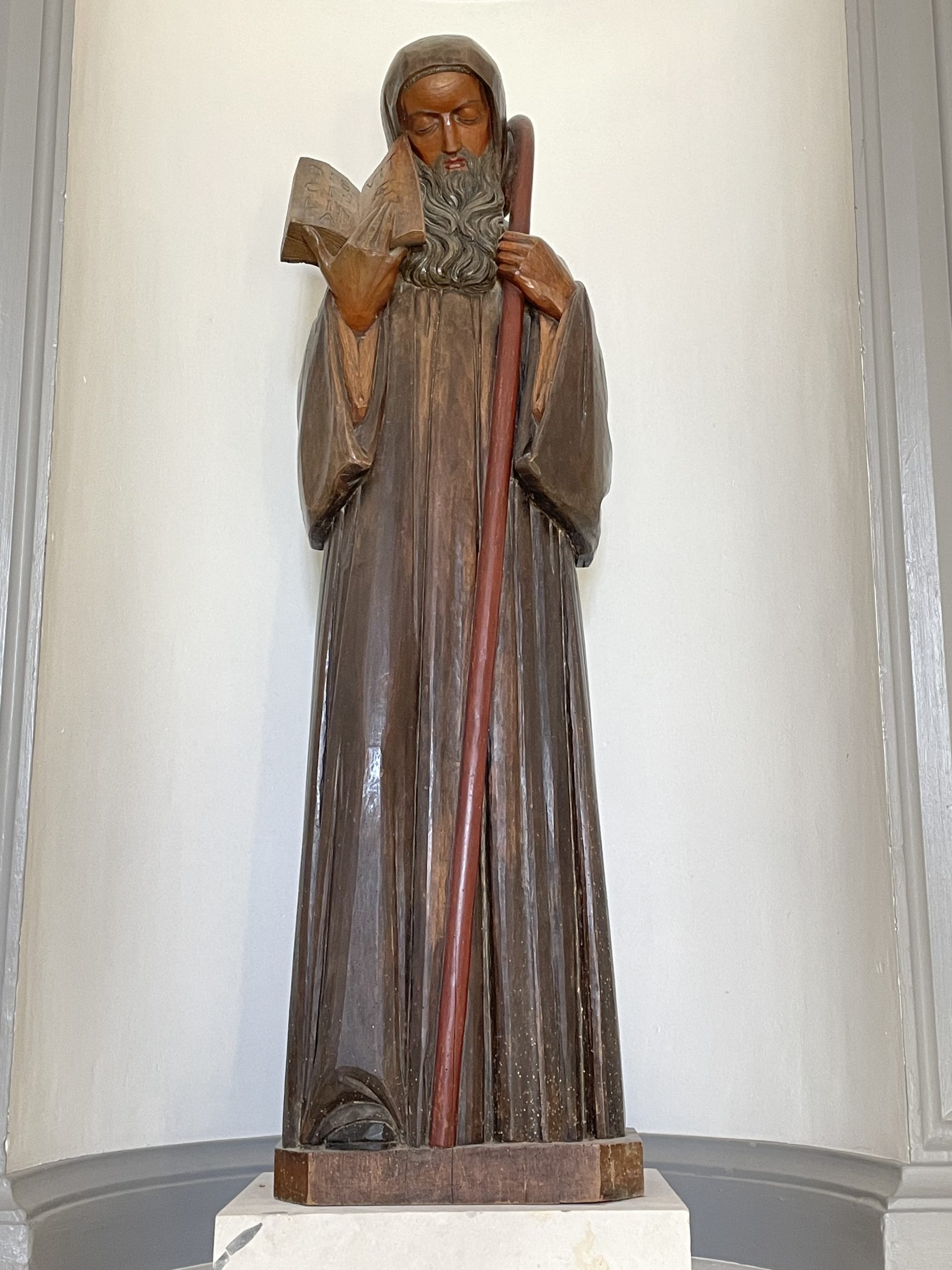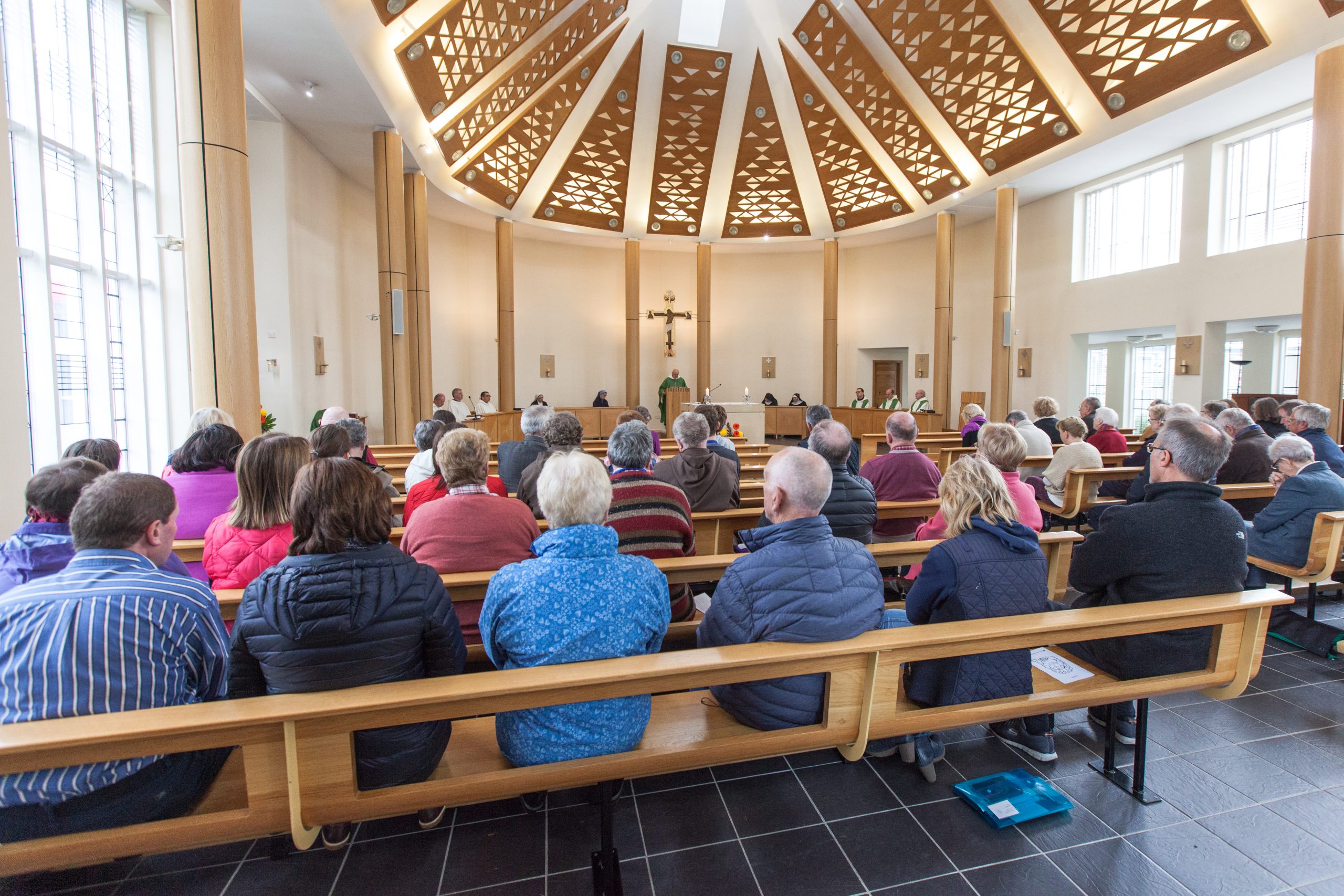History
St Benedict & The Order
St Benedict & The Order
St Benedict
St Benedict was born in Norcia in Umbria about 480. He studied in Rome, and then turned his back on the world and lived in solitude at Subiaco. Disciples came to him and he went to Monte Cassino, where he founded a monastery. He wrote his Rule, which established the spirituality and way of life of monastic communities ever since. He died in 547.
St. Benedict is known to us principally through the Second Book of the Dialogues of St. Gregory the Great: “The Life and Miracles of St Benedict.” This text appeared within 50 years of St. Benedict’s death.
The Order of St Benedict
Saint Benedict was one of the many Abbots who wrote a Rule for monks. In the course of two centuries the use of the Rule spread and it was due to the influence of Charlemagne that it acquired a monopoly in the West. In this way, Saint Benedict came to be considered the founder of the “Order of Saint Benedict”.
Each independent house of the Order is a separate family ruled by an Abbot and has its own noviciate. While each monastery will have its specific character, common characteristics will be found in all Benedictine houses whether of Monks or of Nuns. Christ will be at the centre of all things. Each community will strive to attain a balance between prayer (public liturgy, lectio divina, and personal prayer), work and study.
National grouping of monasteries, reform and renewal movements developed into Congregational bodies. There are now twenty Congregations within the Benedictine Confederation. In 1893, in an attempt at centralisation Pope Leo XIII directed the setting up of the Abbots’ Congress, under the Abbot Primate, which meets in Rome every four years. The Abbot Primate is elected to a primacy of honour and resides at the Monastery of Sant’ Anselmo in Rome.




